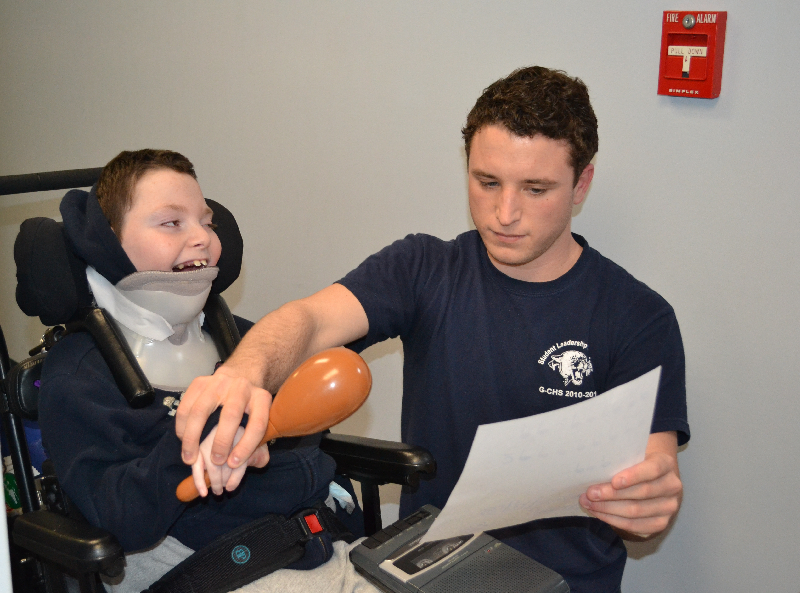Even after children and adults with special needs have enrolled in a healthcare plan through a State or the Federal Marketplace, some are having difficulties accessing care. In this blog, we summarize some of the obstacles and how they can be addressed.
New Data
The Urban Institute and Robert Wood Johnson Foundation have reported survey results on access to care. People with disabilities had two to three times more difficulty accessing services than individuals without disabilities. Common problems included:
- Affordability was a concern. (According to one study, adults with disabilities are nearly twice as likely as others to report an unmet need for general doctor care because they cannot afford it or because their health plan will not pay for a treatment.[i])
- Doctors or hospitals did not accept the insurance.
- Transportation was a barrier.
- There were delays in getting needed appointments.
- Offices were not physically accessible.
Addressing Obstacles
There are many ways that families can make sure these barriers are tackled. During enrollment, parents can make sure their child’s doctors, therapists, hospitals and pharmacies are in the plan’s network. This information should be verified by calling the providers directly, as sometimes the online directories are inaccurate.
Parents should also check to make sure the plan covers the medications their children need by checking the plan’s “formulary” (list of covered drugs), and checking the cost of those drugs. (Some plans have different “tiers” of coverage with different copayments and may also have different prices for mail-order drugs). It is important to realize that a plan’s provider network, medication formulary and copayment levels may change from year to year.
As far as affordability, parents need to look at out-of-pocket costs, not just premiums. (For more details, see last month’s blog at http://www.fv-ncfpp.org/blog/accessing-financial-help-under-aca/.) Consumers using the Federal Marketplace this year will have access to a new tool on HealthCare.gov that will enable them to see the total cost of a plan, including premiums, deductibles and cost-sharing. (See Resources below.) A similar tool will be available on the website of Enroll America.
Families should also appeal any claims being denied (only one-third do), as about half the time the decision will be reversed in their favor on the first try. Finally, as a last resort parents can pay for services which may be eligible for reimbursement using “catastrophic illness funds” in states where these exist. (See Resources.)
Families can also look at a provider’s office locations during enrollment to determine their distance from home and if they are readily accessible by public transportation. They can also contact providers to ensure that their offices and equipment are physically accessible. Before enrolling, families can ask plan providers how long it usually takes to get an appointment. Once enrolled, families may be able to reduce waiting times by asking to be notified if an appointment becomes available due to a cancellation.
In sum, some common affordability and access obstacles can be avoided by careful research before selecting a health plan.
– See more at: http://www.fv-ncfpp.org/blog/barriers-individuals-disabilities-getting-access-healthcare/#sthash.k1giK83Q.dpuf











